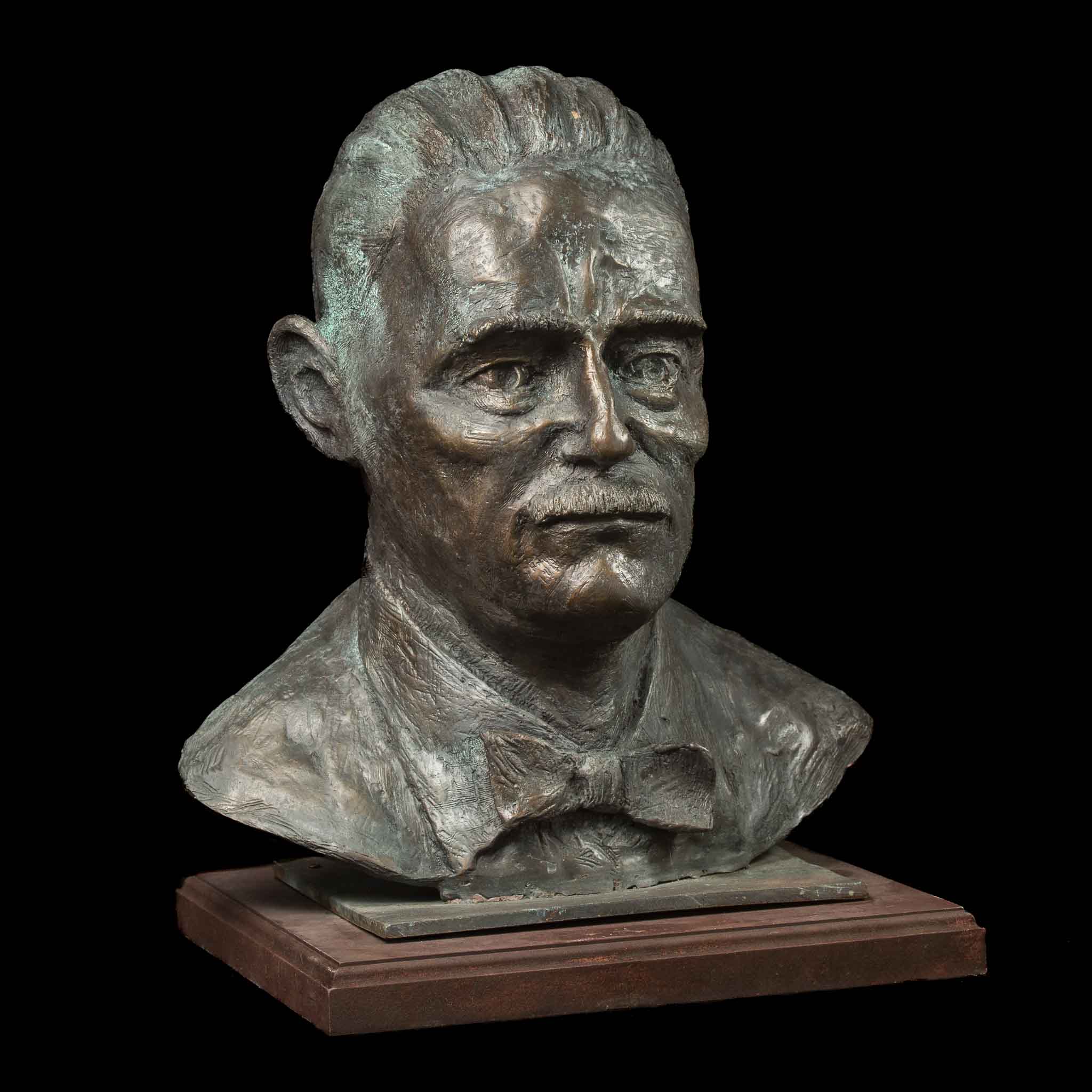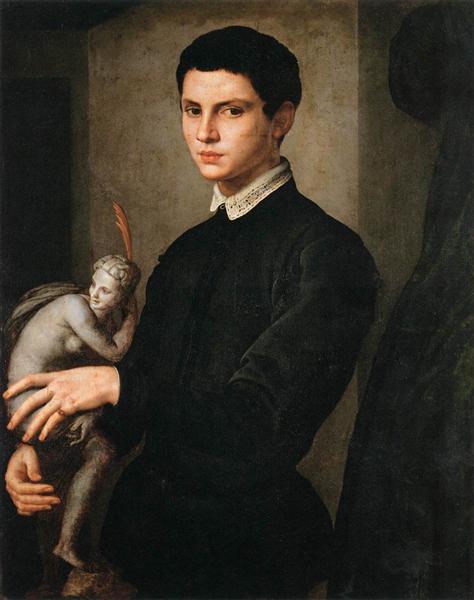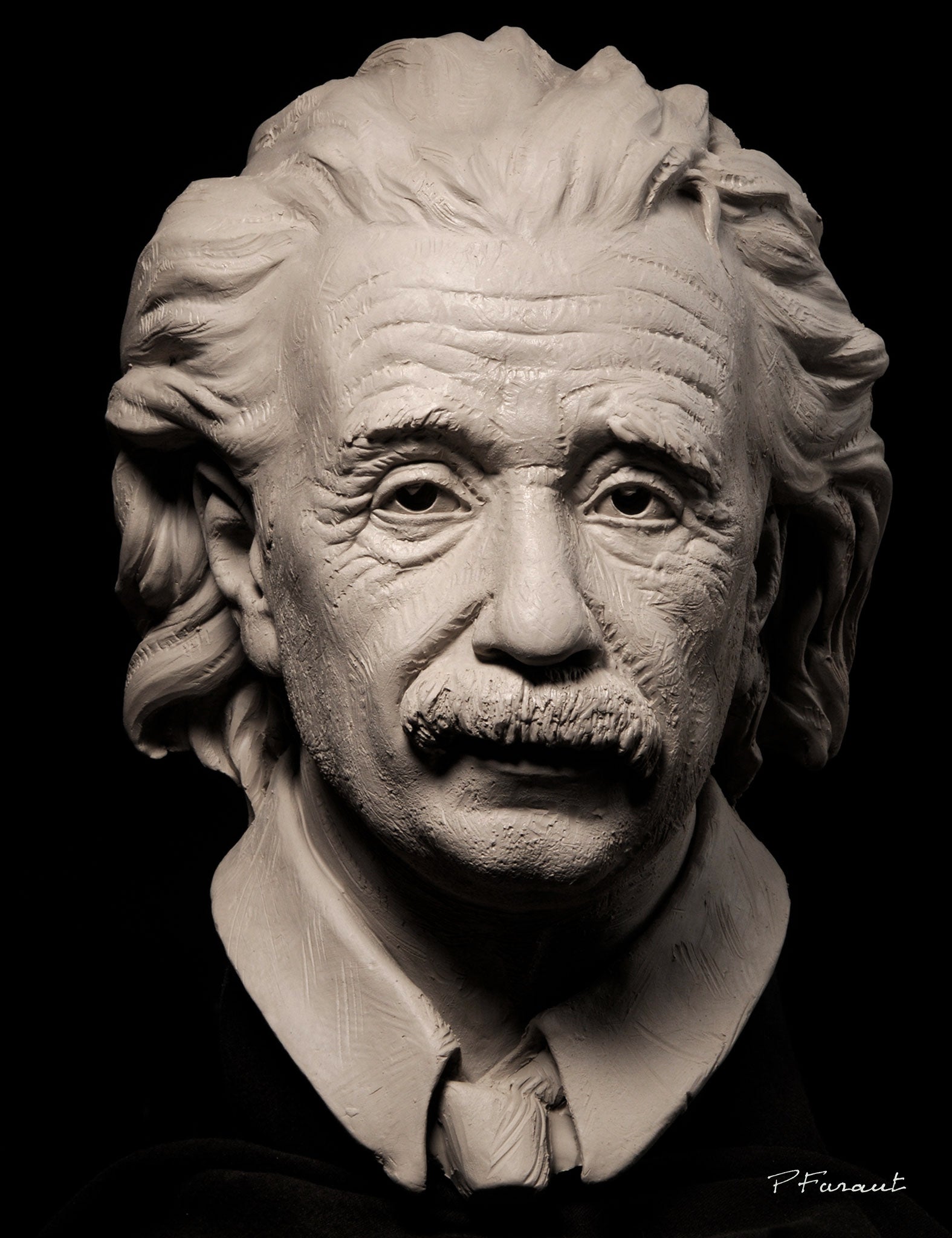Beyond Boundaries: Contemporary Sculptures Redefining Perspectives
Wiki Article
The Evolution of Sculptures: From Ancient to Modern
The Development of Sculptures: From Old to Modern. Equine Sculptures.Sculpture, one of the earliest forms of art, has been an essential part of human world for millennia. From the ancient human beings of Egypt and Greece to the modern period, sculptures have actually advanced, reflecting adjustments in artistic methods, products, and cultural impacts. This trip through time traces the growth of sculptures, exploring the shifts in design, subject, and imaginative expression.
Starting with the ancient globe, sculptures crafted from rock and later on bronze recorded the significance of divine beings, leaders, and daily life. The Renaissance period saw a revival of classic sculpting techniques, as musicians looked for to imitate the graceful kinds of old Greek and Roman sculptures (Bronze Sculptures). In the modern-day age, artists tested typical borders, embracing abstraction and trial and error with new products
This expedition will certainly look into the diverse evolution of sculptures, revealing the abundant tapestry of imaginative expression throughout various durations and cultures.

Old Sculptures: From Rock to Bronze
Old sculptures transitioned from being taken of stone to being cast in bronze. This shift noted a substantial development in the art of sculpture, permitting for better improvement and detail in the finished jobs. Stone sculptures, while remarkable in their own right, were restricted by the nature of the material. Rock needed extensive forming and sculpting, usually resulting in a more simplified representation of the subject.The introduction of bronze as a tool for sculptures produced a change in creative expression. Bronze offered artists the chance to produce detailed and natural forms that were not possible with stone. The process of casting bronze permitted the production of multiple copies of a sculpture, allowing broader circulation and preservation of these artistic masterpieces.
The change from stone to bronze likewise saw a change in the subject issue of sculptures. While rock sculptures primarily depicted gods, goddesses, and mythological figures, bronze sculptures began to reflect a wider series of subjects, consisting of daily individuals and animals. This expansion of topic showcased the versatility and adaptability of the bronze medium.
Renaissance Resurgence: Forming in the Classical Design
The Renaissance resurgence of sculpture experienced a rebirth in the classical style, building upon the developments made during the transition from stone to bronze in old sculptures. Throughout this period, musicians sought to recreate the classic visual and perfects of charm that were common in old Greek and Roman sculptures.Among the vital features of the Renaissance resurgence was the focus on naturalism and the human kind. Sculptors like Donatello and Michelangelo strove to capture the physiological information and expressions of their topics with unmatched precision. They researched the body and incorporated their observations into their sculptures, resulting in reasonable and lifelike depictions.
Another essential aspect of the Renaissance revival was the expedition of viewpoint and depth. Musicians used methods such as contrapposto, where the weight of the body is changed to one side, creating a feeling of activity and dynamism. They also try out different products, consisting of marble and bronze, to accomplish a degree of elegance and ins and out in their sculptures.

Innovation and the Avant-Garde: Breaking Typical Limits
Throughout the Modernism and Avant-Garde activities, carvers pushed the borders of traditional artistic conventions. This period, which emerged in the late 19th and very early 20th centuries, saw a remarkable change in the way artists approached sculpture. Denying the concept of art as simple imitation, modernist sculptors looked for to explore brand-new kinds, products, and ideas.
One of the key characteristics of modernist sculpture was the focus on abstraction. Sculptors relocated far from sensible depictions and rather concentrated on catching the essence visit here of the topic via simplified forms and geometric shapes. This separation from traditional depiction permitted musicians to reveal their feelings and concepts in a much more personal and subjective manner.

Contemporary Sculptures: Discovering New Materials and Concepts
With a focus on checking out brand-new products and principles, modern sculptures have revolutionized the field of art. Artists today are pressing the borders of standard sculpture by trying out and utilizing ingenious materials with abstract ideas. These sculptures challenge conventional ideas of meaning, kind, and materiality, welcoming customers to engage in a new and provocative artistic experience.Contemporary sculptors are embracing a large range of materials, consisting of plastic, glass, metal, and even raw material. They are not limited to the typical tool of stone or clay, permitting higher freedom of speech and trial and error. This shift in the direction of unconventional materials has actually opened brand-new opportunities for musicians to produce sculptures that are dynamic, interactive, and visually striking.
Along with exploring brand-new materials, modern sculptures also look into complicated and abstract concepts. Artists are currently checking out themes such as identity, social issues, and the setting, utilizing sculpture as an effective tool for social commentary and self-contemplation. These sculptures challenge visitors to think seriously and involve with art on a much deeper degree, triggering discussions and prompting psychological reactions.
International Influences: Sculptural Customs From Around The Globe
Sculptural practices from numerous regions of the world have significantly shaped the development of sculptures throughout background. The international impacts on sculpture have actually varied and have actually added to the richness and variety of imaginative expressions. From the ancient worlds of Egypt, Greece, and Rome to the intricate makings of Eastern societies, each area has actually developed its special sculptural practices that have actually influenced artists across time.In ancient Egypt, sculptures were developed primarily for funerary and religious purposes. The legendary sculptures of gods and pharaohs, such as the Great Sphinx and the breast of Queen Nefertiti, display the Egyptians' proficiency of rock carving and their belief in the immortality.

In old Rome, sculpture offered both political and creative functions. Roman sculptures often shown emperors, generals, and mythological figures, reflecting the power and majesty of the empire. The marble statuary of Augustus of Prima Porta and the monumental Arch of Constantine are noteworthy instances of Roman sculptural accomplishments.
Eastern sculptural traditions, specifically in India, China, and Japan, have likewise had a profound influence on the evolution of sculptures. Indian sculptures, such as the delicately carved holy places of Khajuraho and the colossal statuaries of Buddha, exhibit a rich combination of religious, mythological, and building components. Chinese sculptures, characterized by their fine workmanship and interest to detail, typically depict deities, animals, and fabulous figures. Japanese sculptures, influenced by Buddhism, emphasize simpleness and harmony, seen in the tranquil statues of Buddha and the stylish art of bonsai.
The global influences on sculpture continue to develop in the modern-day age. As we look to the future, it is specific that the worldwide influences on sculpture will proceed to shape and redefine this old art type.
Verdict
To conclude, the development of sculptures has actually seen a shift from ancient rock and bronze functions to the timeless revival throughout the Renaissance. This was adhered to by the splitting of conventional borders via innovation and the avant-garde activity. Today, modern sculptures check out brand-new materials and concepts, while also attracting inspiration from international sculptural practices. The trip of sculptures mirrors the ever-changing imaginative expressions and cultural impacts throughout background.From the old people of Egypt and Greece to the contemporary period, sculptures have evolved, mirroring changes in imaginative techniques, materials, and social impacts.Starting with the ancient world, sculptures crafted from stone and later on bronze captured the significance of divine beings, leaders, and daily life.Ancient sculptures transitioned from being carved out of rock to being cast in bronze. While stone sculptures mostly depicted gods, goddesses, and mythical numbers, bronze sculptures began to show a broader range of subjects, including day-to-day individuals and animals.In verdict, the development of sculptures has actually seen a change from old stone and bronze works to the classical resurgence during the Renaissance.
Report this wiki page